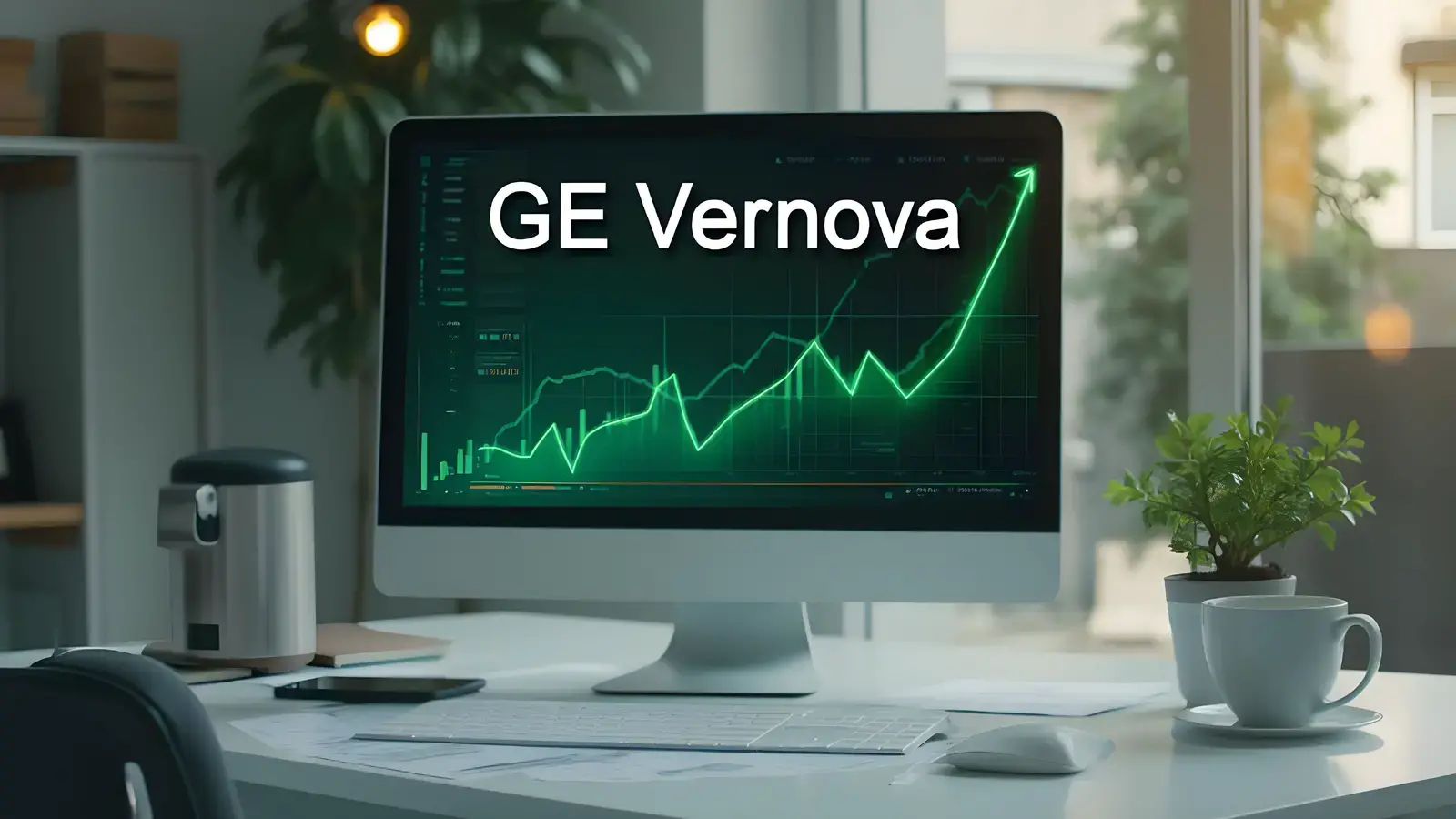
After a short phase of buying, Foreign Institutional Investors (FIIs) have resumed selling in the Indian stock market. The latest provisional data for March 28, 2025, shows that FIIs sold equities worth ₹4,353 crore in the cash market. On the other hand, Domestic Institutional Investors (DIIs) stepped up significantly, purchasing ₹7,646 crore worth of equities.
Institutional Trading Breakdown
- FIIs: Sold ₹4,353 crore (Buy ₹11,508 crore – Sell ₹15,861 crore)
- DIIs: Bought ₹7,646 crore (Buy ₹16,920 crore – Sell ₹9,274 crore)
This contrasting activity between FIIs and DIIs highlights the ongoing tug-of-war in market sentiment.
Why Are FIIs Selling?
Several factors might be contributing to FII outflows:
1. Global Economic Concerns
- Interest rate policies of the US Federal Reserve
- Rising bond yields making Indian equities less attractive
- Uncertainty in global markets due to geopolitical tensions
2. Profit Booking After Recent Gains
- FIIs had been net buyers for a brief period, leading to a rally in key indices.
- Some profit booking at higher levels is expected.
3. Strengthening US Dollar
- A stronger dollar makes emerging market investments riskier.
- Currency depreciation concerns may have led to capital outflows.
DIIs: The Strong Domestic Support
Despite FII selling, DIIs have been aggressively buying, preventing major corrections in the market.
Key Reasons for DII Buying:
- Consistent SIP Inflows: Mutual funds continue to see strong inflows from retail investors.
- Positive Domestic Sentiment: Strong economic data and corporate earnings boost confidence.
- Long-Term Investment Strategy: DIIs often take a longer-term view, unlike FIIs, which may react to short-term volatility.
Sectoral Impact of FII Selling and DII Buying
Sectors Facing FII Selling Pressure:
- IT Sector – Weak global demand and reduced earnings growth prospects.
- Financials – Profit booking in leading banking stocks.
- Metals – Global recession fears impacting commodity prices.
Sectors Benefiting from DII Buying:
- Defensive Sectors (FMCG, Pharma) – DIIs prefer stable, non-cyclical industries.
- Infrastructure & Capital Goods – Government spending and policy support attract domestic investors.
- Mid & Small Caps – DIIs show increased interest in under-valued growth stocks.
What Should Investors Do?
Short-Term Market Outlook:
- Volatility is expected due to global uncertainties.
- The market may witness sharp movements based on institutional flows.
Long-Term Investment Strategy:
- Stick to fundamentally strong stocks. Avoid panic selling due to temporary corrections.
- Diversification is key. Balance investments across sectors to mitigate risks.
- Follow DII trends. Domestic institutions often have a better understanding of India’s economic outlook.
Technical Analysis of Nifty & Sensex
Nifty 50 Levels to Watch:
- Support: 21,700 – 21,500
- Resistance: 22,500 – 22,800
Sensex Key Levels:
- Support: 71,500 – 70,800
- Resistance: 73,800 – 74,500
A break below key support levels could trigger further downside, while holding above them may indicate stability.
Disclaimer: The projections of potential returns are based on current market conditions and company performance. Actual results may vary due to various factors, including market dynamics, economic conditions, and changes in the competitive landscape. Investors should conduct their own research and consult with financial advisors before making investment decisions.
For insights on potential Multibaggers stocks, visit our affiliate site: www.multibaggerhunt.com.
⚠️ Not SEBI Registered—just here to share insights | 🚫 No paid services—everything shared is entirely free! 🧠 Always Learning and excited to grow together in this journey of market exploration.





